Yesterday Huawei held a special event in Paris to launch its new flagship P20 Pro, the P20, and the Porsche Design Huawei Mate RS. Back with the launch of the P9, Huawei was one of the firms pioneering dual-camera setups with its dual Leica rear camera system. Now, following the Gillette school of marketing, its P20 Pro features a triple lens Leica camera on its back. It is upon this smartphone that I will be concentrating in this writeup.
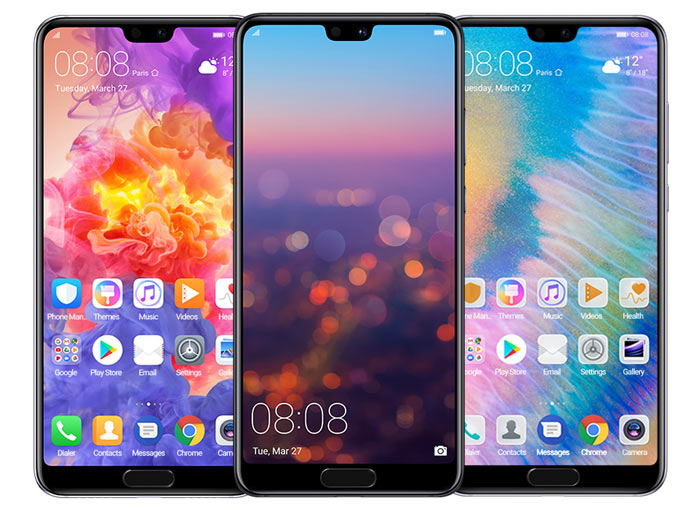
Huawei P20 Pro
The star attraction of the P20 Pro is probably the cameras but the supporting components are excellent too. Under the hood you will find a 2.36GHz Kirin 970 octa-core processor supported by 6GB RAM and 128GB of flash storage. The processor has a built-in NPU (AI neural processing unit) which is behind some premium creative tools and extras in this phones feature set.
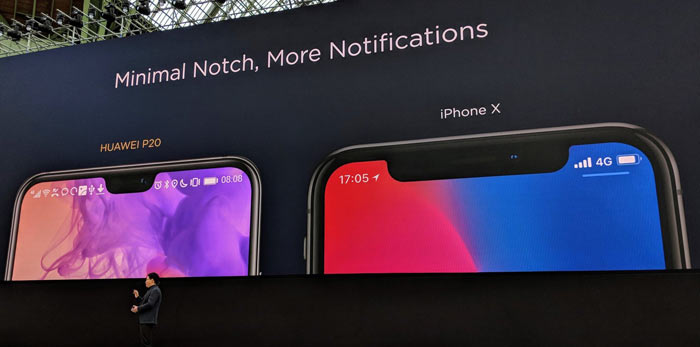
The phone is curvily designed around a 6.1-inch 1,080 x 2,440 OLED display with notch. If you are bothered by the notch Huawei offers a hidden notch mode where the screen segment either wide of the notch is turned off (black) to hide disguise this feature. An 'intelligent battery' of 4,000mAh is said to be enough for 528 hours standby or 25 hours talk time. You charge the battery via USB Type-C. Physically, this phone measures 155 x 73.9 x 7.8 mm, and weighs in at 180g. Four colour variants are available; black, midnight blue, pink gold, and gradient twilight. The fingerprint sensor is in the bottom front hardware home key. Another important aspect of the design is that it is IP67 rated for water and dust resistance.
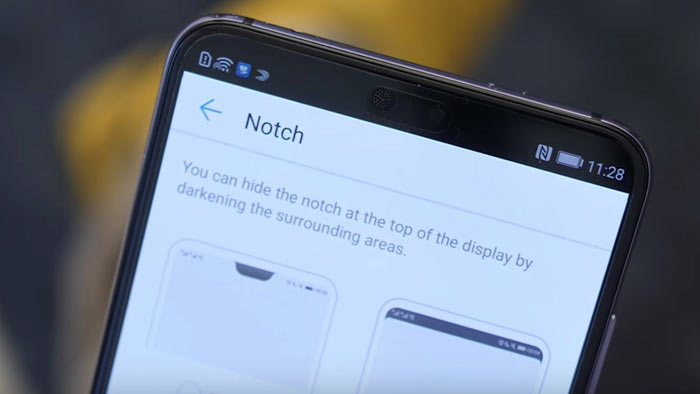
Cameras and AI camera functionality
Now, onto the main event. The Huawei P20 Pro cameras achieve DxOMark's highest scores, so you get a hint there that they are highly capable. The rear camera setup packs a Leica triple camera and 5x Hybrid Zoom. These three cameras are configured as follows; Leica optics backed by a 40MP RGB sensor, a 20MP monochrome sensor, and an 8MP sensor with 3x telephoto lens. Six axis image stabilisation is supported, as is AIS (AI Image Stabilisation).
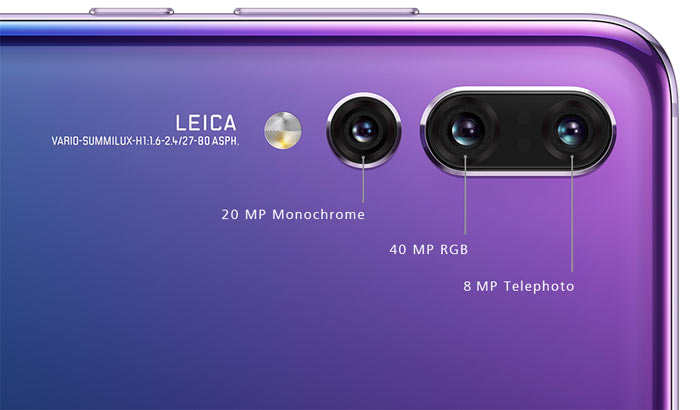
Among the imaging features delivered by the above camera array are; great low-light image captures with ISO speeds up to 102400, AIS-powered long exposures without blur even when hand-held, up to 960fps super slow motion video capture, and super snapshot which allows users to take a photo from the off screen in as little as 0.3s. Furthermore, the camera AI identifies more than 500 scenarios in 19 categories and selects photography modes and camera settings accordingly. 4D predictive focus is said to deliver excellent focus for objects in motion, and there is even AI assisted composition. The phone doesn't need cloud processing to achieve many of its tricks thanks to the on-device Prisma processing. Last but not least there is a 24.8MP CMOS sensor selfie camera in that notch with 3D portrait lighting. The selfie camera can be used for face-unlock biometric security too.
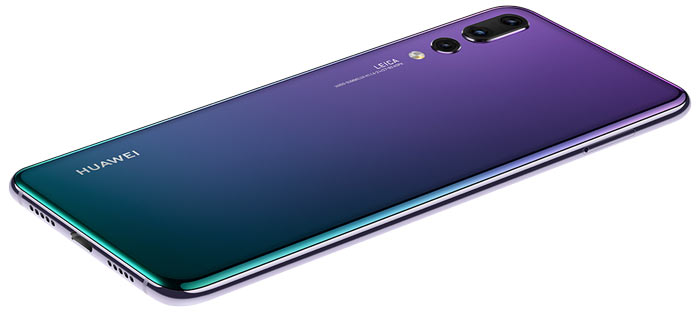
A full list of specs can be found on this branch from the official product page. Some important stuff I've not mentioned above but is found within the specs page are that; the P20 Pro comes with Android Oreo 8.1 installed, there are single and dual-SIM versions available. NFC is supported, and there isn't a headphone jack but Huawei supplies a USB-C to 3.5mm headphone jack adapter in the box.
The Huawei P20 Pro comes with an RRP of £799 SIM-free in the UK and is available to pre-order now. I've had emails from both CPW and EE with pre-order offers and bundles such as "a free pair of Bose QC 35 wireless headphones II (RRP £329)" with the smartphone purchase.






